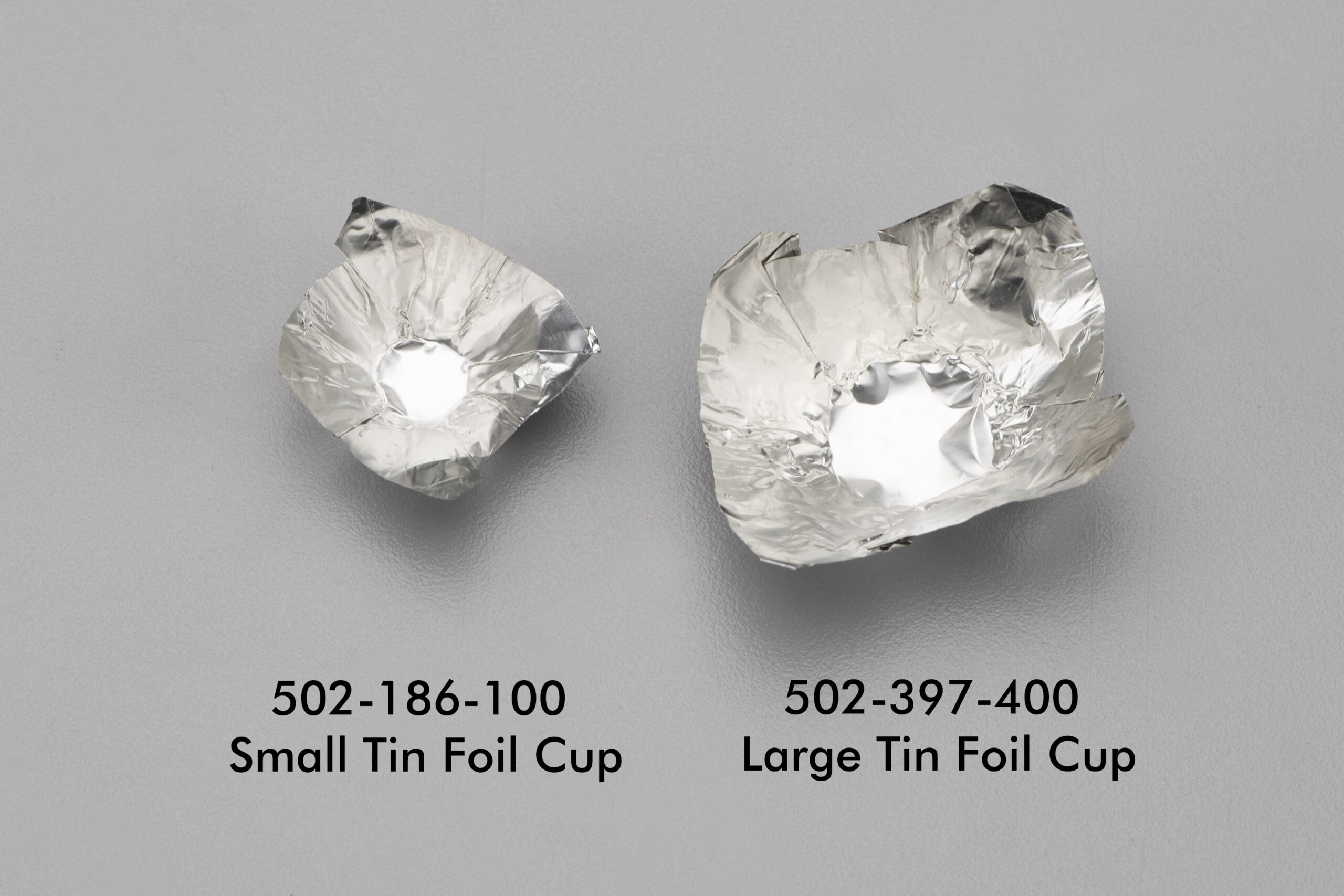When determining total nitrogen (or protein) of a sample using LECO’s FP828, it is crucial to select the right sample container for the job. Several key considerations must be taken into account, like the sample mass capacities of the container, compatibility of the container with the matrix, ash production, and more.
Dimensions and Sample Mass Capacities
For those working with food or feed materials, the document «Sample Containers and Crucibles for Organic Analysis» provides valuable insights into the different types of sample containers available, their nominal sample mass capacities, and dimensions. For instance, Quick-Cap Capsules, Tin Capsules, and Tin Foil Cups are commonly used with the FP828 for nitrogen determination. Each container has different dimensions and sample mass capacities, which are crucial for ensuring accurate and reliable results.

Compatibility with the Matrix
When weighing the compatibility of the sample container with the sample matrix, it is of high importance to consider the moisture content. Quick-Cap Capsules are suitable for dry, solid samples only and cannot be used with aqueous samples or those with high moisture content. The gelatin material of the capsule will dissolve upon contact with aqueous materials. On the other hand, Tin Capsules can be used with both solid and aqueous samples, making them more versatile for different types of food and feed materials.

Ash Production
The choice of container also has an influence on ash production. Quick-Cap Capsules combust completely, resulting in minimal ash production. However, Tin Capsules oxidize to form tin oxide, leading to a higher ash load.
Atmospheric Blank Influence
The atmospheric blank influence is another critical factor to consider. Quick-Cap and Tin Capsules are left open during analysis, allowing any atmosphere present in the capsule to be purged within the purge chamber, reducing the possibility of nitrogen bias. Capsules should not be sealed shut to avoid trapping atmosphere with the sample, which could lead to inaccurate results.
Low Nitrogen Concentrations

In addition to these considerations, there are containers that are highly recommended for materials with low nitrogen concentrations. Large Capsules and Foils are best for these analyses (as well as samples that involve low-density or non-homogenous materials) because the larger capsule size allows for an increased sample mass. Similarly, Large Tin Capsules can accommodate a larger sample mass for both solid and liquid samples. When using a Tin Foil to determine lower levels of nitrogen within a sample, determining an atmospheric blank by analyzing a non-nitrogen containing material and using the average nitrogen value obtained to correct for the trapped atmosphere is recommended.
Conclusion
Overall, selecting the appropriate sample container type for nitrogen (or protein) determination using the FP828 instrument involves careful consideration of the sample type, container dimensions, sample mass capacity, compatibility with the sample matrix, ash production, and atmospheric blank influence. By following the guidelines and recommendations provided in the document «Sample Containers and Crucibles for Organic Analyses», users can ensure accurate and reliable results for their specific needs. Download this document today for use in your lab!








 To make this site work properly, sometimes we place small data files called cookies on your device. This is a common practice for websites.
To make this site work properly, sometimes we place small data files called cookies on your device. This is a common practice for websites.